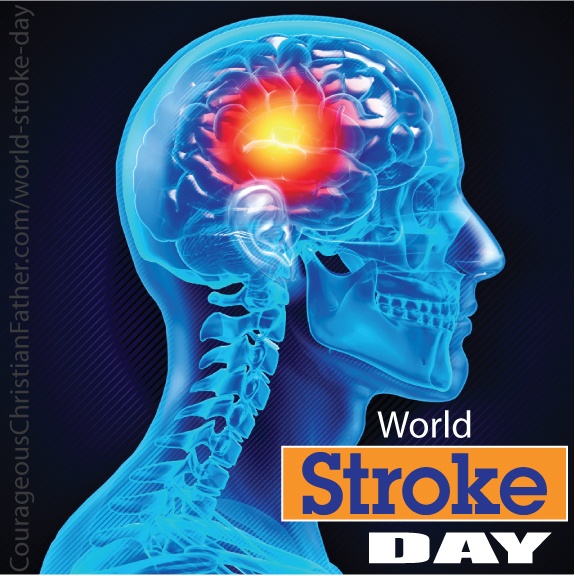ER nurses are unsung heroes – No one wants to see the inside of an emergency room or medical center, but few people avoid occasional visits to the ER. When such situations arise, a top-notch trauma team can make all the difference.

One of the first people patients encounter inside an ER are the nurses who quickly assess life-threatening problems and begin to solve them on the spot. Although nurses can work in hospital emergency rooms, emergency nurses also may work in ambulances, urgent care centers, sports arenas, and other high-stress situations. ER nurses are registered nurses who work closely with doctors to help diagnose, stabilize and manage conditions. They also liaise between family members and other medical staff and educate patients about their conditions once an emergency situation is addressed.
Because ER nurses specialize in treating severely ill or injured patients or those in life-threatening situations, those considering a career in this field must be ready to adapt to many different situations. In a single day, ER nurses may encounter children with broken bones, patients with acute stomach pains and people injured in motor vehicle accidents, among many other potential situations. Patients of all ages come through trauma centers, and prioritizing emergencies can be part of the job description.
An ER nurse’s day is frequently stressful and fast-paced. Some of the tasks to be expected, according to the nursing career resource Nurse Frontier, include:
· First aid
· Suturing
· Intubation
· Bag valve mask ventilation
· Administering medicine
· Basic life support
· Advance cardiac life support
· Transfusing blood
Prospective ER nurses must complete a nursing degree or diploma program. In Canada, since the late 1990s, the provinces and territories have moved from diploma entry level to baccalaureate entry level for RNs, says the Canadian Nurses Association. Both the United States and Canada require prospective ER nurses to pass the NCLEX-RN exam, which is administered by the National Council of State Boards. RNs receive state licensing in the United States. In Canada there is no national license; each province or territory licenses individually based on jurisdiction.
According to Johnson & Johnson’s Discover Nursing, ER nurses are increasingly learning about tech, thanks to electronic medical records and point-of-care barcoding.
ER nurses have more responsibility than ever because of nursing shortages. That means there are plenty of opportunities to become leaders in the field.
ER nurses and other nurses fill a much-needed responsibility in the medical field. A career as an ER nurse can be challenging but very rewarding.
Nursing Related Holidays
- March (Starting the 2nd Sunday, last for 6 Days) – Pediatric Nurse Practitioner Week
- March 19 – Certified Nurses Day
- May (Observed Wednesday of the first full week in May) National School Nurses Day
- May 6 – National Nurses Day
- May 6 (Always for 7 days starting May 6) – National Nurses Week
- May 8 – National Student Nurses Day
- May 12 – International Nurses Day
- June ( Observed the first day of National Nursing Assistants Week, see below) – National Career Nursing Assistants’ Day
- June (Observed for 7 days starting Thursday of the second full week in June) – National Nursing Assistants’ Week
- September 8 – Pediatric Hematology/Oncology Nurses Day
- October (Starts the 2nd Sunday of October, last for 7 days) – Perioperative Nurse Week / Operating Room Nurse Week
- October (2nd Wednesday) – Emergency Nurses Day
- November 14 – Operating Room Nurse Day
Compliments of MetroCreative. TF17A427
About the Author
Discover more from Courageous Christian Father
Subscribe to get the latest posts sent to your email.



